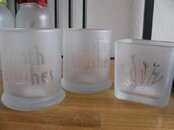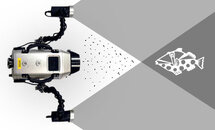3D diver
Contributor
You're going to have to experiment and see.
My diffusers have a soft edge so the light blends nicely and I aim them to achieve area coverage.
Lights like the archon which rely on the natural spread of the LED's themselves often have a hard edge to their light. This edge may be noticeable in your video and you'll have to learn by trial and error how to blend them (unless someone with more experience answers here).
My diffusers have a soft edge so the light blends nicely and I aim them to achieve area coverage.
Lights like the archon which rely on the natural spread of the LED's themselves often have a hard edge to their light. This edge may be noticeable in your video and you'll have to learn by trial and error how to blend them (unless someone with more experience answers here).






